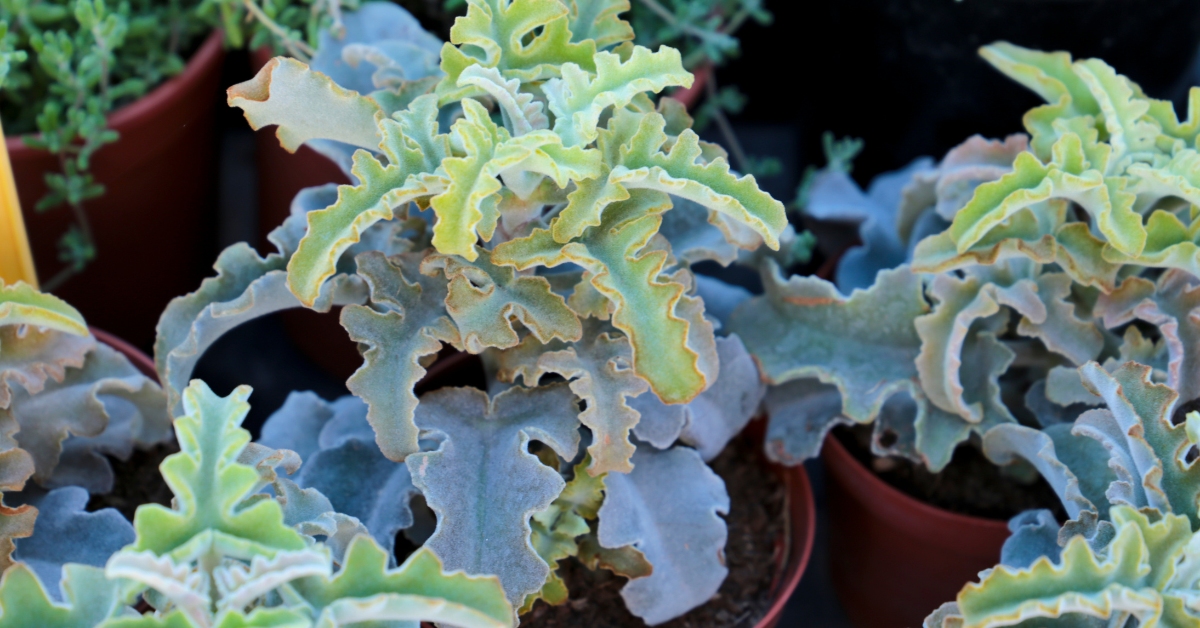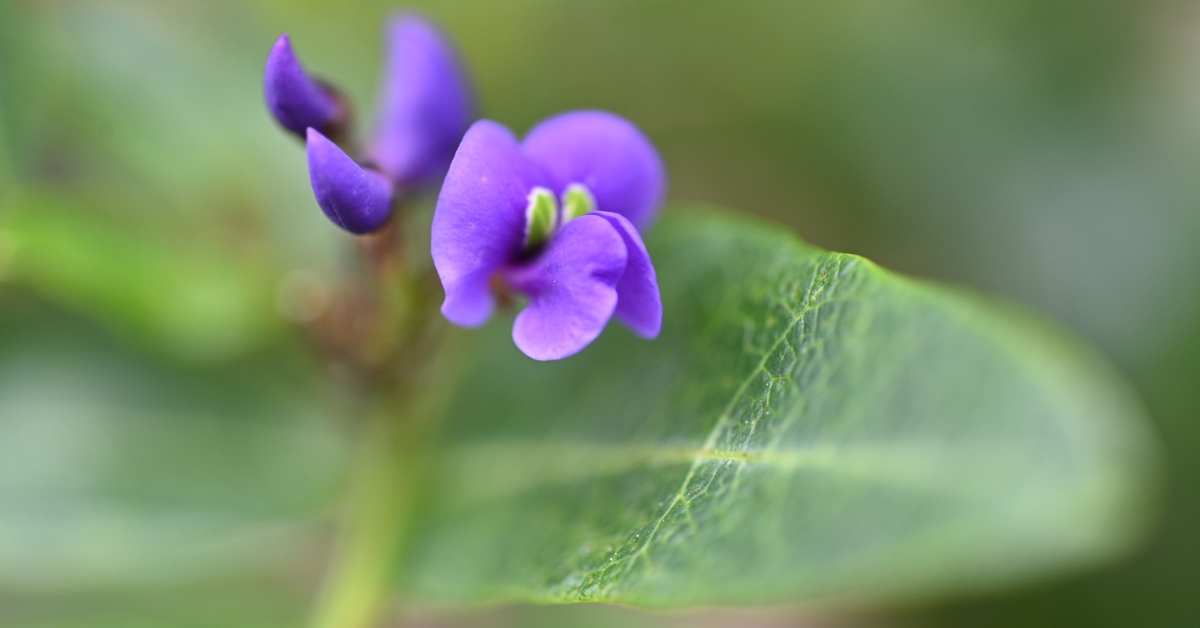If you’re looking for a truly unique plant to add to your indoor or outdoor succulent collection, Kalanchoe beharensis is a standout. Known commonly as Velvet Elephant Ear or Felt Bush, this species has large, velvety leaves with jagged edges and a silvery-green texture that gives it an almost prehistoric look. Native to Madagascar, it’s one of those plants that always gets attention from visitors—and it’s surprisingly easy to care for if you understand its needs.
I’ve had mine for over three years now, and it has proven to be both tough and beautiful. Here’s everything you need to know to grow and care for this striking succulent.
Plant Details at a Glance
| Feature | Details |
|---|---|
| Available Colors | Silvery green leaves; small yellow-green flowers |
| Bloom Time | Rare indoors; late winter to early spring outdoors |
| Height Range | 3 to 6 feet indoors; up to 12 feet outdoors |
| Space Range | 2 to 5 feet wide depending on conditions |
| Temperature Range | 55–85°F (Hardy to 30°F with protection) |
| Plant Light | Bright indirect light to full sun |
| Companion Plants | Aloe, echeveria, agave, jade plant |
What Makes Kalanchoe beharensis Special
This plant doesn’t look like your typical succulent. Its large, triangular leaves are thick and coated in soft, fuzzy hairs that help it conserve moisture. The leaves grow in a rosette pattern when the plant is young but eventually stretch out and form a woody stem as the plant matures. In time, it can become a small tree if grown outdoors in the right climate.
The “beharensis” in its name comes from the region of Behara in Madagascar, where it naturally grows in dry, rocky areas. That tells you a lot about what it likes—warmth, dryness, and lots of light.
Light and Placement
Kalanchoe beharensis thrives in bright, indirect light and can tolerate full sun in the morning or late afternoon. When I first brought mine home, I placed it near a west-facing window, and it loved it. If you notice the plant stretching or becoming leggy, it likely needs more light.
In warm climates (USDA zones 10–12), it can be grown outside year-round. In cooler zones, it makes a great container plant that can be moved indoors during cold weather.
Watering Needs
Like most succulents, this kalanchoe prefers the “soak and dry” method. Water thoroughly when the soil is completely dry, and make sure the pot has excellent drainage. I usually water mine once every 10 to 14 days, depending on the season. Overwatering can lead to root rot, and this plant is especially prone to it because of its thick leaves.
If the leaves start to droop or develop brown spots, check the roots and cut back on water.
Soil and Fertilizer
Use a well-draining cactus or succulent potting mix, or make your own blend with two parts sand or perlite to one part potting soil. I’ve found it does best in unglazed clay pots, which help excess moisture evaporate.
Feed it with a diluted, low-nitrogen fertilizer once a month during the growing season (spring and summer). Avoid fertilizing in winter, when the plant is resting.
Pruning and Repotting
Kalanchoe beharensis doesn’t require much pruning unless you want to shape it or remove old, damaged leaves. As it matures, it can become top-heavy. You can trim the top and propagate the cutting, which roots easily in dry soil.
Repot every 2–3 years or when the plant outgrows its container. It grows slowly, so frequent repotting isn’t needed.
Common Problems and Pests
This plant is generally hardy but can attract mealybugs, aphids, or spider mites, especially indoors. If you notice sticky residue or small cottony patches, wipe the leaves with a cloth dampened in diluted neem oil or rubbing alcohol.
Yellowing or mushy leaves usually indicate overwatering. If grown in low light, the plant may become leggy and lose its compact shape.
Companion Plant Suggestions
Because of its striking form and large leaves, Kalanchoe beharensis pairs well with low-growing succulents like echeveria and upright forms like aloe or agave. In containers, I often combine mine with jade plants or even sedums to contrast the textures.
Final Thoughts
Kalanchoe Beharensis is an eye-catching, low-maintenance plant that adds drama and character to any succulent collection. Its velvety leaves, sculptural shape, and drought tolerance make it ideal for warm outdoor gardens or sunny indoor spots. If you’re looking for something that’s bold, unusual, and not too demanding, this plant is a winner. Just give it light, space, and well-draining soil—and let it do its thing.



